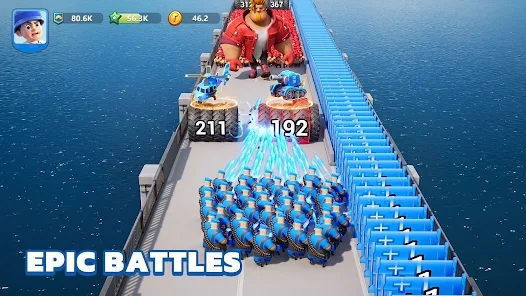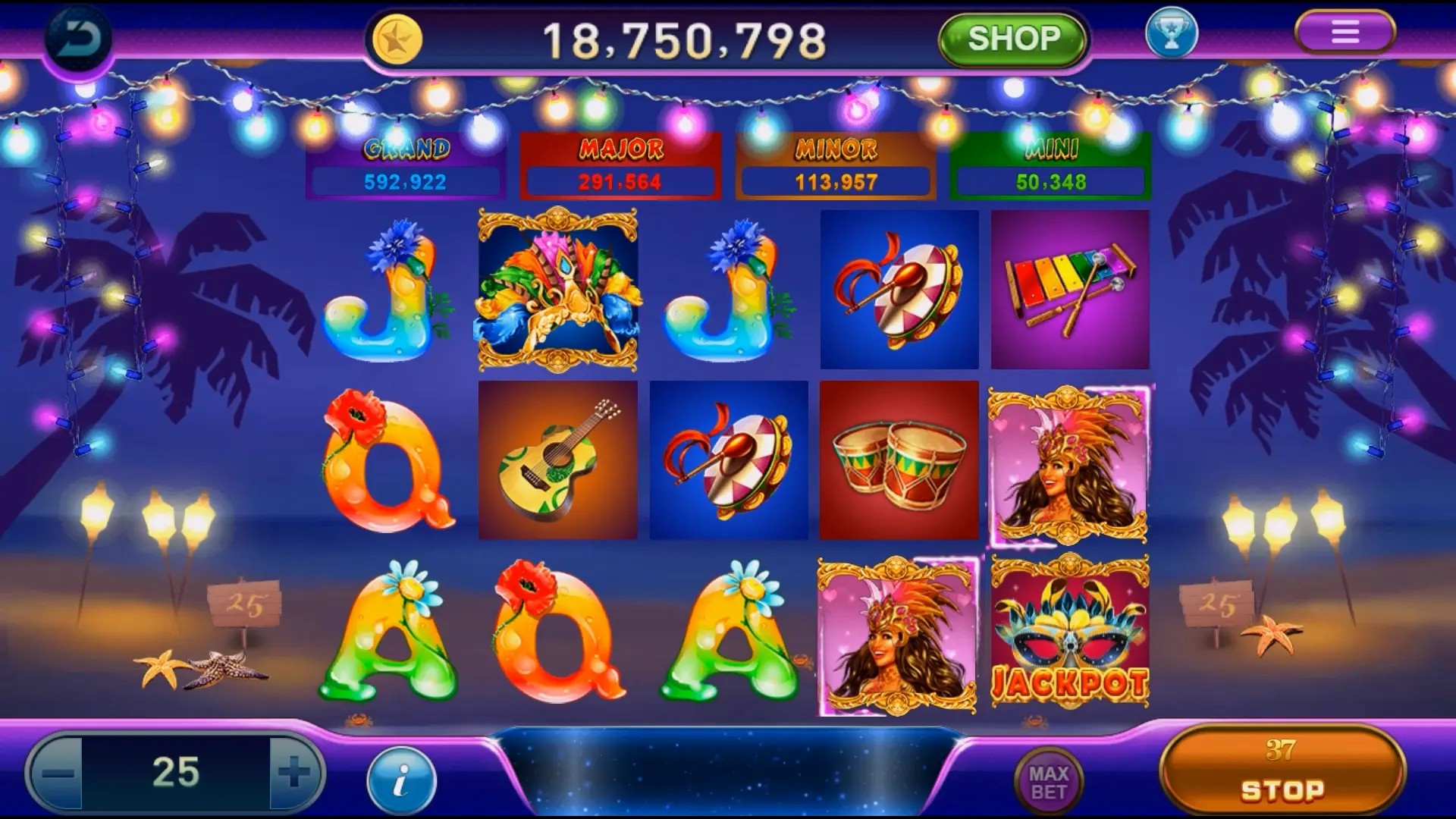Enhancing Learning Through Adventure: The Role of RPG Games in Educational Games
When it comes to education, traditional methods often fall short in maintaining student engagement. However, the emergence of RPG games (Role-Playing Games) offers an innovative breakthrough in educational games, transforming learning from mundane tasks to exciting adventures. In this article, we delve into how RPGs not only captivate players but also enhance their learning experience. We’ll explore the role these games play in education and how they mirror real-life problem-solving and critical thinking skills.
The Power of RPG Games
RPG games are unique with their rich narratives and character development, offering players not just a game, but an immersive experience. These games often include:
- Interactive Storytelling: Players craft their stories through choices, increasing engagement.
- Character Development: Users evolve their characters, cultivating a sense of responsibility.
- World-Building: Players explore vast worlds, encouraging curiosity and imaginative thinking.
Bridging the Gap with Educational Games
Not all RPGs are strictly for entertainment. Many are designed with education in mind, fostering learning through engaging gameplay. The blend of gaming and pedagogy results in:
| Features | RPG Games | Traditional Educational Methods |
|---|---|---|
| Engagement Level | High | Low to Moderate |
| Customization | Personalized learning paths | Standardized curriculum |
| Learning Retention | Increased due to interactivity | Varied, often less effective |
The Cognitive Benefits of RPG Games
RPGs stimulate various cognitive skills essential for learning. Here are some key advantages:
- Critical Thinking: Players must make decisions that affect outcomes, honing analytical skills.
- Teamwork and Collaboration: Many RPGs require players to work together, enhancing social skills.
- Problem-Solving: Players encounter challenges that require creative solutions, mirroring academic scenarios.
Integrating RPGs into Education
With the benefits established, the next step is incorporating RPGs into educational settings. Strategies include:
- Curriculum Alignment: Ensure the game content aligns with educational standards.
- Feedback Mechanisms: Utilize built-in assessments to track student progress and understanding.
- Teacher Training: Equip educators with the skills to facilitate RPG sessions effectively.
Examples of RPGs in Education
A plethora of RPGs are tailored for educational purposes. Notable titles include:
- Classcraft: A classroom management platform that turns learning into a game.
- Kerbal Space Program: Teaches physics and engineering concepts in a fun environment.
- Minecraft: Education Edition: Encourages creativity and collaboration while learning complex subjects.
In exploring these titles, students not only thrive in subjects but also in social and emotional skills.
Challenges and Considerations
While the advantages are substantial, integrating RPGs into education is not without its challenges. Considerations include:
- Potential disengagement if the game does not fit the learning objective.
- Resource allocation, ensuring both hardware and software are accessible.
- Balancing screen time and traditional learning techniques.
Conclusion
In conclusion, the integration of RPG games into educational contexts presents a promising avenue for enhancing student engagement and learning outcomes. As we continue to explore innovative ways to educate our future leaders, the role of these interactive games cannot be understated. Embracing adventure in learning not only makes the educational experience richer but also prepares students to tackle real-world challenges with confidence. The potential lies in the balance between traditional methods and progressive gaming techniques, paving the way for a dynamic learning environment.
```


